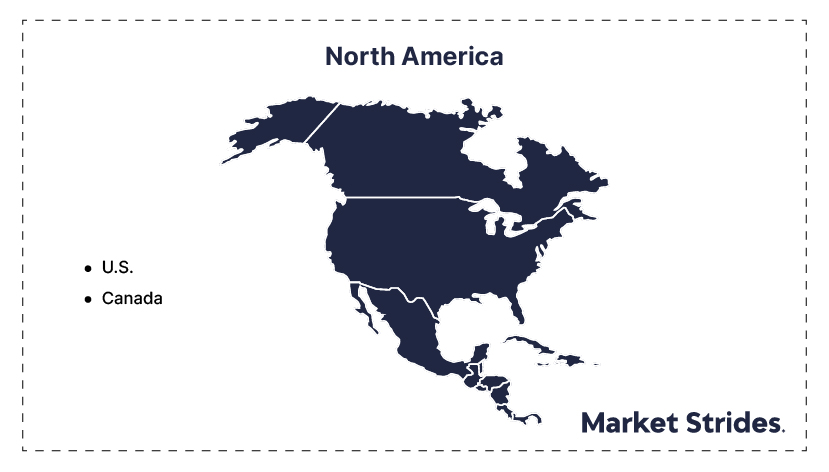The United States frozen chicken breast market size is expected to grow at a CAGR of 7.54% during the forecast period (2025–2033). With busy lifestyles and the rise of home cooking, consumers prefer frozen chicken breasts for their long shelf life, ease of preparation, and versatility. Moreover, the growing focus on health-conscious eating, protein-rich diets, and the affordability of frozen chicken breast contribute to its rising popularity, driving market growth across residential, food service, and retail segments.
Frozen chicken breast refers to chicken breasts that have been processed and preserved by freezing, ensuring a longer shelf life and making them convenient for storage and cooking. In the United States, frozen chicken breasts are a staple in both residential kitchens and commercial food service operations. They are preferred for their convenience, affordability, and the ability to maintain nutritional value while being easily incorporated into meals.
The rising focus on high-protein diets and fitness-driven lifestyles in the United States is a major growth driver for the frozen chicken breast market. Popular diets like keto, paleo, and protein-focused meal plans have fueled demand for lean, convenient protein sources. Frozen chicken breast meets these needs perfectly, offering versatile options for dishes such as grilled salads, meal prep bowls, and protein wraps.
Fluctuations in raw material costs pose a significant restraint in the U.S. market. The price of poultry feed, primarily corn and soybeans, often experiences volatility due to factors such as unpredictable weather, geopolitical tensions, and shifting trade policies.
These rising costs are typically passed down the supply chain, affecting manufacturers, retailers, and ultimately consumers. Such fluctuations create challenges for maintaining consistent pricing and profit margins, especially in a competitive market. Moreover, the unpredictability of raw material costs complicates long-term planning and investment for businesses in the frozen poultry industry.
Advancements in freezing and packaging technologies present significant opportunities in the U.S. market. Innovations such as Tyson Foods' adoption of AmPrima, a sustainable packaging developed by Amcor, exemplify this trend.
Moreover, improved freezing methods, like individual quick freezing (IQF), maintain product quality and extend shelf life, meeting consumer demand for convenient and high-quality frozen chicken products. These advancements enable producers to reduce environmental impact, improve product quality, and cater to evolving consumer preferences.
| ATTRIBUTES | DETAILS |
|---|---|
| Study Period | 2021-2033 |
| Historical Year | 2021-2024 |
| Forecast Period | 2025-2033 |
| By Product Type |
|
| By Distribution Channel |
|
| By End-User |
|
| Regional Insights |
|
The United States frozen chicken breast market is bifurcated into product type, distribution channel, and end-user.
The boneless frozen chicken breast segment dominates the United States market due to its convenience and versatility in meal preparation. Consumers favor boneless cuts for ease of cooking, leading to strong growth in both residential and food service sectors. As preferences shift toward quick and simple cooking options, the demand for boneless frozen chicken breasts is expected to continue expanding, driven by busy lifestyles and an increasing inclination for ready-to-use ingredients in the U.S.
Supermarkets are the leading distribution channel for frozen chicken breasts in the U.S., capturing a significant market share. They offer easy access and a wide variety of frozen chicken options, catering to the growing preference for convenience in grocery shopping. The segment's growth is driven by consumer trust in established retail chains and increased consumer visits to supermarkets, which are positioning themselves as one-stop shopping destinations for frozen goods, ensuring continued demand for chicken breasts.
The residential segment leads the U.S. market, driven by growing consumer interest in home-cooked meals and meal prepping. Consumers increasingly opt for frozen chicken breasts for their convenience, longer shelf life, and affordability. With the rise in health-conscious eating habits and the desire for quick, nutritious meals, this segment is witnessing strong growth, further supported by the ongoing trend of home-based cooking and increased freezer capacity among U.S. households.
The United States frozen chicken breast market is a dynamic sector driven by consumer preferences for convenience, affordability, and health-conscious choices. States such as California, Texas, and Florida are prominent markets where the demand for frozen chicken breasts has risen due to busy lifestyles and the increasing popularity of meal prepping. The rise of quick, easy, and healthy meal solutions has led to a surge in sales of frozen poultry, particularly in metropolitan areas with higher disposable incomes.
The market is also supported by the rise of e-commerce, with companies like Tyson Foods and Perdue Farms utilizing online platforms to reach consumers directly. Moreover, ongoing innovations, including antibiotic-free and organic frozen chicken options, are attracting a growing segment of health-conscious buyers. These trends collectively suggest that the U.S. market will continue to grow as it adapts to evolving consumer demands.

Request Table of Contents (TOC), Please Fill below form



